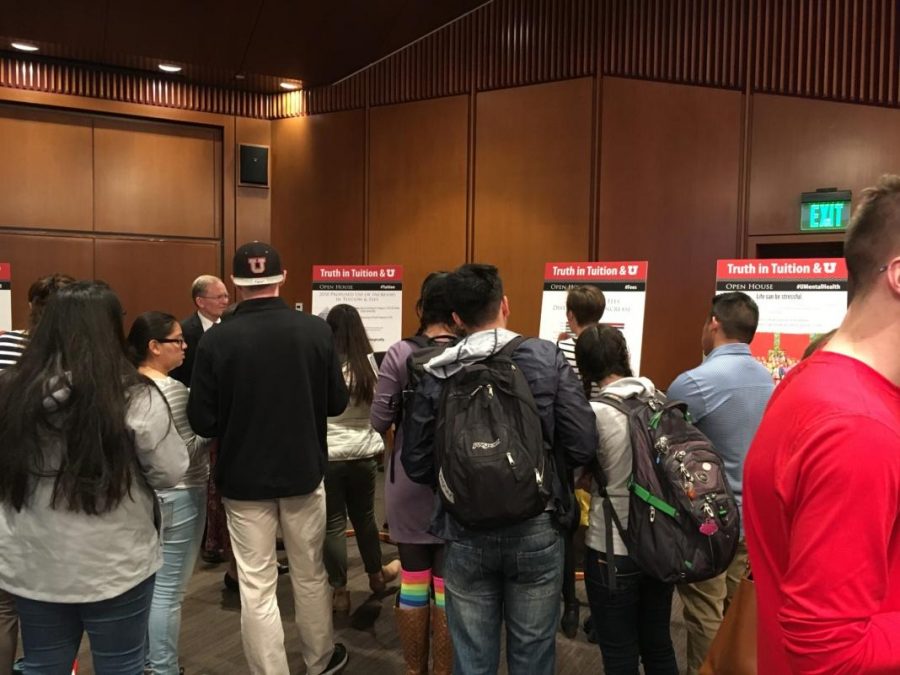The University of Utah is offering students a new way to pay for school.
Beginning this semester, the U is participating in a pilot program that provides income share agreements to students. ISAs are contracts between students and universities that allow the school to “invest” in individual students’ futures. The dividends, however, come directly from those students’ incomes. The U’s program has been dubbed “Invest in U,” and offers income assistance year-round in fall, spring and summer semesters.
“In the past six years, the U advanced its completion rate from 55 to 70 percent; however, there is still more work to do and we know many students continue to face financial barriers,” said Courtney McBeth, project director of the American Dream Ideas Challenge and special assistant to President Ruth Watkins. “Our students are also debt averse. Increasing our graduation rate is a key strategic goal, so this is a pilot program designed to help more students graduate. Student also told us that they like the notion that they pay back into a fund which helps perpetuate the success of future students.”
ISAs can be most easily traced back to economist Milton Friedman. His 1955 essay “The Role of Government in Education“ suggests that capital should be “as readily available for investment in human beings as for investment in physical assets, whether through the market or through direct investment by the individuals concerned or their parents or benefactors.” Modern ISAs are much like this, where students receive funding for school in exchange for payments on previously agreed upon, contract-guaranteed amounts of their income. These payment plans last for a determined number of years, depending on the amount of money granted and the student’s degree program.
ISAs differ from ordinary student loan programs in that there is no principal or interest to be paid and each agreement is based on the individual. Students may be granted up to $10,000 per ISA with a limit of two ISAs per calendar year. ISAs vary on their ending dates, depending on the number of required payments, terms outlined or whether or not students hit designated “payment caps” of two times the original amount granted.
“This ISA model really shifts the risk off of the student and onto the University of Utah,” McBeth said. “For students earning less, they pay back less. For students who want flexibility and need an additional financial aid option, this provides flexibility and additional resources.”
Thus far, the pilot program is not expansive. Students are only eligible to apply if they are within 32 credit hours of completing their undergraduate degrees, U.S. citizens or permanent residents, 18 years or older and on track with Satisfactory Academic Progress (SAP) to graduate. Students must also agree to enroll in 12 or more credit hours in the semesters in which they enter the contract.
Even more limitations come with this application. As of now, only those who are enrolled in at least one of 18 different undergraduate majors can participate in the U’s ISA: chemical engineering; civil and environmental engineering; communication; computer science; economics; electrical engineering; elementary education; finance; information systems; management; mechanical engineering; medical laboratory science; multi-disciplinary design; nursing; operations and supply chain; parks, recreation and tourism; special education and urban ecology.
“We sent a targeted email to students within 32 hours of graduation in the 18 majors to encourage them to explore an income share agreement as an additional financial aid tool to help them graduate,” McBeth said. “From the first emails sent out, we had a very high email open and click through rate.”
For more information on the program, how to request a new major to be added or to see if an ISA is the right fit for you, visit here.



